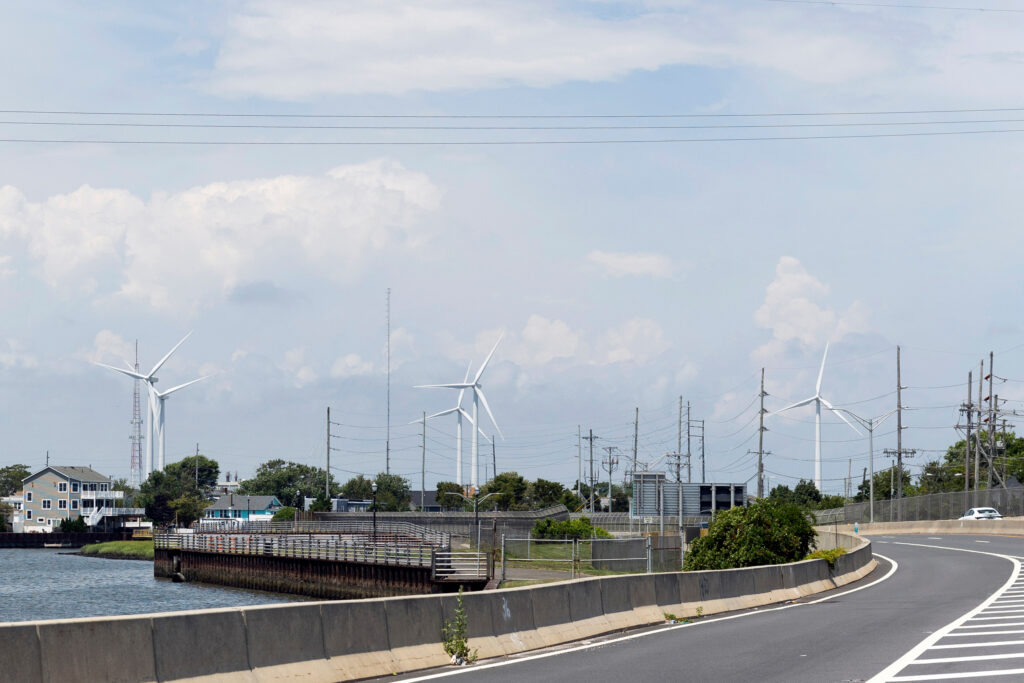Solar panels situated in space could reduce Europe’s requirement for land-based renewable energy by up to 80%, expediting the journey to net zero, according to new research from King’s College London.
The study, published in Joule, analysed the potential of a design by NASA for space-based solar generation, which is planned to be in use by 2050. The findings appear to show the design could also save money by reducing the cost of the whole power system in Europe by up to 15%, including energy generation, storage and network infrastructure costs – an estimated saving of 35.9 billion euros per year.
The paper is seemingly the first to look at how useful this form of renewable energy generation could be when used for European energy grids. It is also the first to provide a cost estimation of using this technology in the European market.
Professor Wei He, lead author and a Senior Lecturer in the Department of Engineering at King’s College London, said: “Although the feasibility of this technology is still under review, our research highlights its vast economic and environmental potential if adopted.”
“Reaching net-zero emissions by 2050 is going to require a significant shift to renewable energy, and this emerging technology could play a pivotal role in that transition.”
Widespread use of renewable energy is believed to be crucial for reaching net-zero emissions by 2050. However, it remains unachievable without significant efforts to tackle outstanding challenges with respect to technology and the level of investment needed.
Space-based solar power has the advantage of being unaffected by cloud cover and the various terrestrial impediments, such as flooding and earthquakes.
NASA’s RD1, the focus of this study, is one of two designs for space-based solar power (SBSP) systems designed by NASA.
Space-based solar power involves collecting energy on large solar panels mounted on satellites, and from there transmitting it to Earth, most likely as microwaves, although laser-based transmission is also proposed. This would then be converted into electricity for storage or transfer to the grid.

















